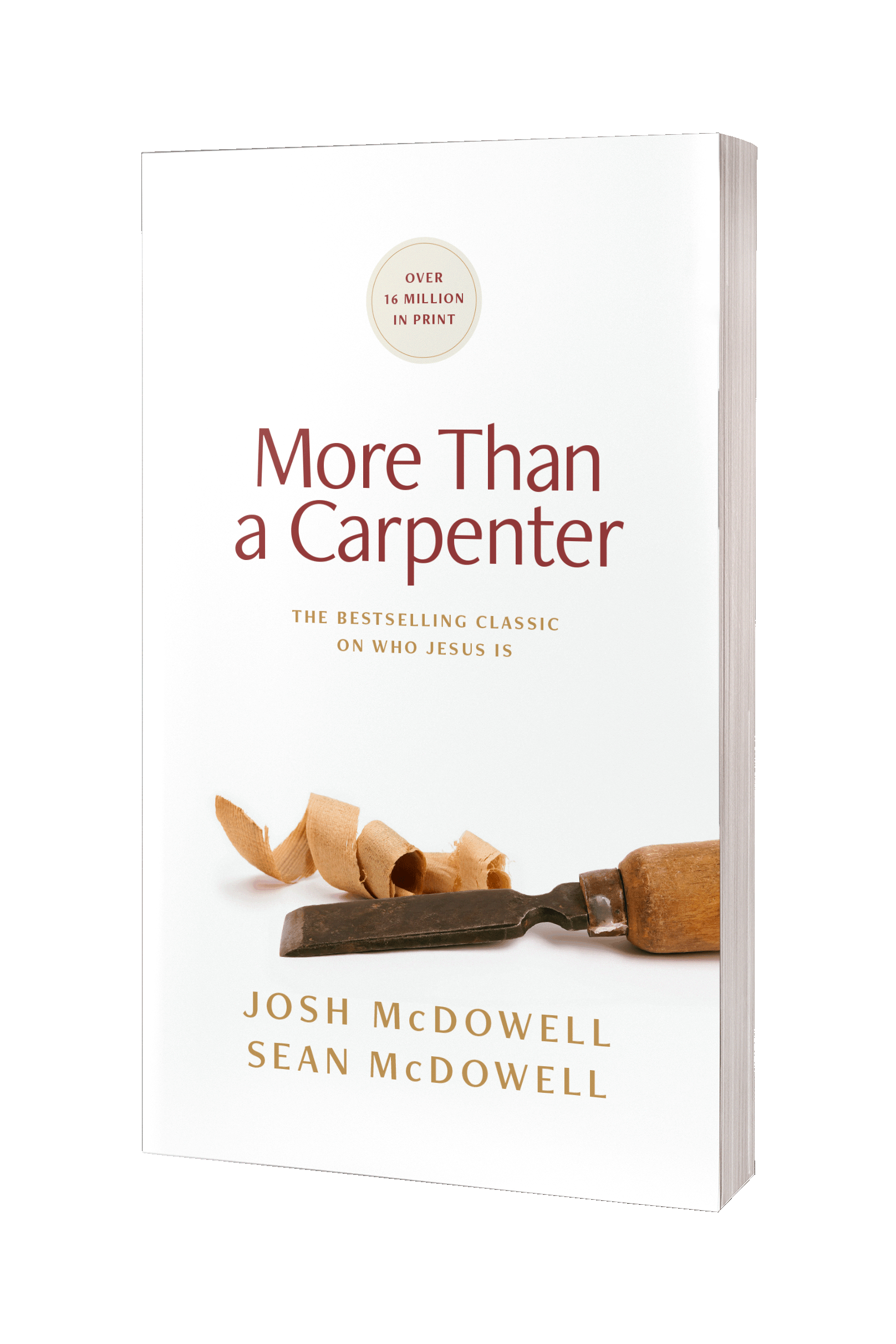SeanMcDowell.org
One of the most common New Year’s resolutions Christians make is to read the entire Bible for the year. In as little as fifteen minutes a day, you can read both the Old Testament and New Testament in 2025. If the goal is primarily to get through the Bible this year, then this is a great plan.
But why should that be our goal? Why should our Scripture reading be about how much we read? There is undoubtedly value in daily Scripture reading. And there is some value in getting through the whole Bible in a year. My point is not to minimize this important discipline. But honestly, how much do people really retain after the “Bible in a year plan”? My suspicion is that it may be less than we think.
A Better Goal
I propose a different goal. Rather than focusing on quantity by aiming to get through Bible entirely in 2025, focus on quality. Here is the principle: Read less and remember more. Shouldn’t our goal be to understand the depths of Scripture so it can pierce our lives? After all, Scripture is “living and active, sharper than any two-edged sword” (Hebrews 4:12).
If your goal is to really learn the Scriptures, then I challenge you to consider a more impactful plan for 2025. While you will not get through the entire Bible in 2025, you will understand what you read in greater depth and remember it much longer.
A Simple Plan
Here’s the plan: Take one book of the New Testament and read it daily for an entire month. And then move on to a different book the next month. For longer books, like the Gospels or Romans, break them up into sections of 6-8 chapters per day, and read those same chapters for the entire month.
Here is what such a plan might look like. And by the way, it takes roughly the same amount of daily reading time as the Bible-in-a-year approach:
January: Galatians
February: Ephesians
March: Mark 1-8
April: Mark 9-16
May: 1 Corinthians 1-8
June: 1 Corinthians 9-16
July: Romans 1-8
August: Romans 9-16
September: Colossians
October: James
November: 1 Peter
December: 1 John
This is only a suggested plan for how to break up the year. Feel free to come up with your own, or add a Psalm or Proverb each day too.
Maybe you want to commit a year to studying the Gospels. If so, then break up Matthew, Mark, Luke and John into equal sections that can be read daily throughout each month. Can you imagine how much more you would learn the Gospels through this approach?
What is the value of such an approach?
First, it’s simple. All you need is a Bible and 15-20 minutes per day. And if you miss a day, you won’t get behind as you do in the year-long Bible plan. You could even listen to it while you work out or on your commute.
Second, it’s effective. After reading each book repeatably, you will start to notice patterns, themes, and ideas that are unique to each book of the Bible. It is virtually impossible to see these kinds of themes when moving quickly through an individual book. Your understanding will deepen considerably as you come to “own” the Scriptures.
Third, it’s rewarding. Doesn’t it feel great to make a personal observation of the Scriptures that stem from your own reflection? If you read attentively, this will happen regularly throughout the year.
Fourth, it’s biblical. The Bible doesn’t teach merely to read it for the sake of reading it, but to study it for deeper understanding (e.g., 2 Timothy 2:15; Acts 17:11).
I do hope you will read the Bible in the year 2025. But rather than focusing on quantity, consider focusing on quality. It just might be a year to remember.
If you want some evidence Christianity is true, check out the updated
More Than a Carpenter (which is shorter and better than ever).


